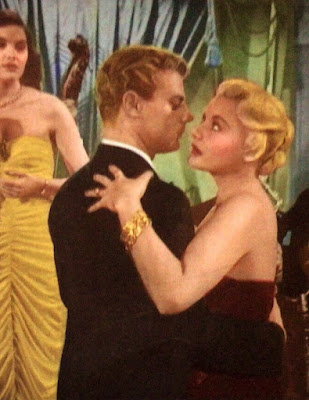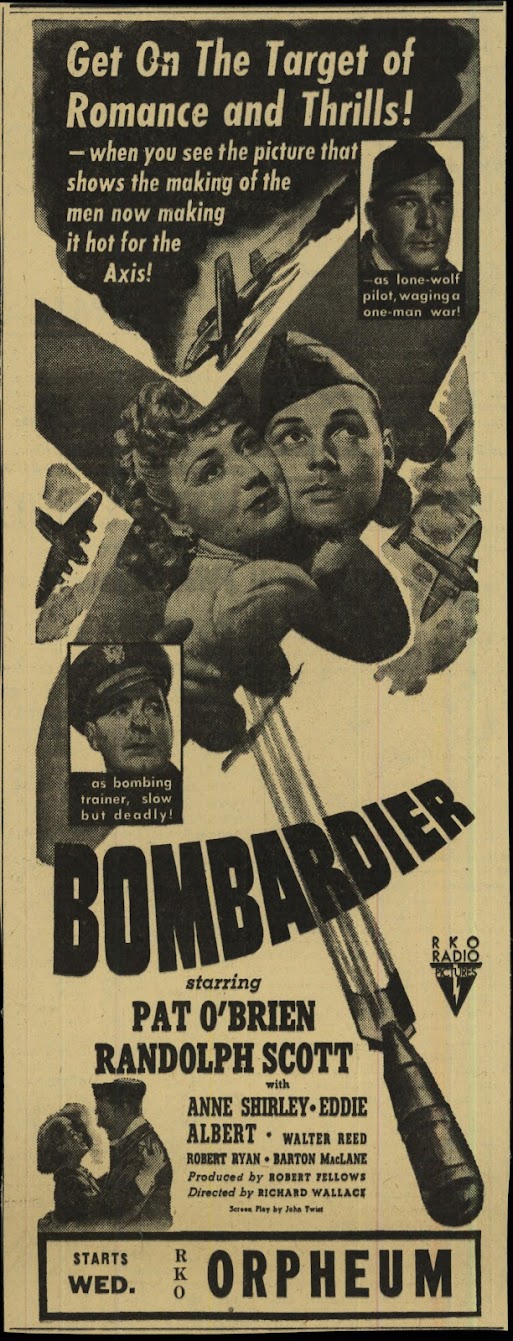What Works with Whiskey
Sandwich and Drink and Movies Besides
Some pictures play best by way of whiskey. I discovered this awhile back where doubling Virginia Gentleman with sour mix and the Blu-Ray of Vanishing Point, hot car chase that pleased back in 1971. Here was sort our small town was incorporated to host. To watch Vanishing Point dry is no fit option. One must fortify to ride with Kowalski, not via effluence that is TCM wine, even if they offered a Barry Newman Signature bottle after fashion of Orson Welles Merlot. My being plebian sees need met by one shot and a half of bourbon, “Splenda” the phony added sugar doubtless killing me as I type, lemon and lime juice, plus two drops of yellow food color to resemble a drink ordered in upscale dining-out circumstance. Voila and it's done, no precious cocktail recipe nor olive accompany. Meal to accompany drink is a sub roll substantial as can be located and stout enough to bear weight of low sodium, thin-sliced ham (five ounces), pimento cheese slapped between layers of the meat, best-anywhere coleslaw from a close-by soul food dispenser. Down-market screen accompany is the must, a movie tawdry as potion to wash it down, seventies entertainment most consulted, it being dusk for gloves off filmmaking we are not likely to enjoy again. Marshmallow centers taint much/most of what followed, alcohol severest lie detector for scared rabbitism bred into all we see, or choose not to see, today. Yes, there was greatness to come later … 48 Hrs. in 1982, Road House (1989), The Last Boy Scout (1991), others I’ll drink to, each echo of what by then was lost. Tippling proceeds midst Age of Enlightenment that remains the 70’s, from which I lately poured the following:
THE FRENCH CONNECTION (1971) --- Here's current object of controversy after a cut version surfaced on streaming platforms, evident act of owner Disney which supplied content to Amazon, Vudu, Apple, the rest, each and all incomplete by seconds snipped, dialogue including a racial epithet, hell paying when fans noticed and word spread through social media like brush fire. I saw smoke and right away ordered a Blu-Ray ($10), these to “sell out” said late arrivers seeking to buy. Having skipped The French Connection in 1971 (my mistake), it was years before the trend-setter came my way, and longer still before I realized how fine it was. Police had not played so raw before --- French and Dirty Harry changing rules if not abandoning them. Bullitt, Coogan’s Bluff, The Detective, and Madigan from 1968, stern stuff then, were nursery residents by compare with French and Harry. The French Connection shocks more now than was case in 1971 (hence the cuts), yet stately is tempo where today action seems the more frenzied. A biggest chase to then still works … at least for me … but what do I know of reaction should The French Connection turn up again before a crowd, which then ask, how likely is that to happen? Disney owns it, could withdraw the whole in event they see fit, or find The French Connection un-fit. Fans say grab physical media while ye may, and yes, I’m glad for having secured the Blu-Ray. French accompany to stiff beverage achieves state of grace as only alcohol and 70’s hard tack can supply. Duck the denuded stream, find that Blu plus a bottle, and get your kick.
PRIME CUT (1972) --- Mangy crime story even for movies loosed from Code stricture and flying high-wide as they were by early-70's. Prime Cut being of “problematic” category makes it ideal for stiff partnering and ham sliced thin as underworld rivals ground into literal frankfurters and served by crime kingpin Gene Hackman. To render rough justice comes Lee Marvin, loyal friend to all that imbibe especially in shows scorned when sober. “Not Safe for Work” is content spattered along Prime Cut’s 88-minute route, sex enslaved girls sold by a corrupt orphanage to Hackman and from there abused by Gregory Walcott, then rescued by unlikely knight Lee. Another one I let alone in ’72, having been burnt by Straw Dogs the previous year and sworn off R-rated roughies as result. Even gave The Godfather and Frenzy a miss on respective first runs. Truth is, films overall left me cold but for vintage ones I collected, an attitude not markedly changed since. Passage of years has rendered some palatable, in fact relishable, my threshold for vileness lowered. Hard liquor finds filmic equivalent in Prime Cut. Does Sissy Spacek hold her nose at mere mention of it? Action gets an urban start (Chicago), moves to heartland where balance takes place. Yarn sustains short length, one ending enough as opposed to modern convention. Maybe it took a Lee Marvin to make Prime Cut edible. Pity there are no more like him to topline this sort of product, but wait, could H'wood or anyone dare such again? Kino has a Blu-Ray, gritty and not bred for pictorial beauty.
SORCEROR (1977) --- Wrote about Sorcerer in 2014 mostly from standpoint of what our College Park Cinderblocks did to it. Come now toast to this true great among shows best had with stimulant. I found Sorcerer that summer when movies fell before scythe that was Star Wars. Did directors like William Friedkin who put lifeblood into ambitious projects resent robots taking so completely over? Here was Dickensian Best Times/Worse Times, but I had hard time sifting even Good Times from much of what 1977 tendered. Sorcerer disappointed wickets wise and Friedkin was said to have given up Hollywood for some period after. There should be reward for quality --- why not here? Ordeal this looks to have been for cast/crew makes me glad not to have been a movie director during the seventies, or since. A recliner with refreshment is ideal pulpit from which to thank my Creator for sparing me a megaphone and puttees. Did Roy Scheider sacrifice some of health getting through Sorcerer and All That Jazz? Sorcerer boasts epic sprawl --- it takes reels just to set up born losers who haul nitro in South American jungles. Fact of living: The more one tipples, the more one identifies with fugitives and/or soldiers of fortune doing what they do. They say New York’s famed Rialto Theatre was hip deep with dipsos during exploitation prime. They knew palliative benefit of head-on action. Was 1977 mindset intent on Star Wars to exclusion of grown-up action content? The Deep and The Spy Who Loved Me were cotton candy beside Sorcerer, a job too intense for its own boxoffice good, Rialto descendants perhaps too soft to take likes of Sorcerer straight. A blockbuster era was blooming, fed upon thrills not so unnerving or endings so bleak. 2023 isn’t 1977, so maybe I would not be alone in calling Sorcerer that vintage year’s best.
TWO-LANE BLACKTOP (1971) --- Knew I would love this, and did. Car people seem to me like monumental hobbyists. Auto culture is what they live for. Each among film folk could identify with them. The county where I live is filled with autophiles, or at least was, there being “cruise nights” for nostalgia’s sake, downtown dedicated to drivers and their vintage wheels. We still have collector Saturdays for all to display chassis. A local man earned plenty in business and poured it all into old cars. Jay Leno was a regular buyer from him for elusive parts. All this was then, though of now I can’t reliably say. Did era for classic cars pass with those who came up before, say, the eighties, or does interest burgeon yet in the south and points west? Could we cross this wide country like “The Driver” and “The Mechanic” (James Taylor/Dennis Wilson) and find car mavens to achieve instant rapport with? If not for chasing film, I might have chased cars. A same obsessive spirit drove these people (see? I said “drove”). Two-Lane Blacktop captures it vividly. Taylor and Wilson show up at drive-in diners and are immediately among friends, rivals at least, all immersed in the culture of cars. One of souped-ups is “a 1932” ready to tear out at eighty-five MPH. What I know of cars is that they have a motor and four wheels, yet Two-Lane Blacktop, Vanishing Point, The Driver, Baby Driver, others such, fascinate me. Again, it is an identification thing. Two-Lane Blacktop did not do much business … for failing to be “protest” enough? Maybe it was too existential for our southern market.
As R. Scott said, a man needs a reason to ride that country. Hauling liquor was a reason, and a good one, Thunder Road a practical application of speed and where it could get you. Race for sake of racing would seem pointless to men who made ways carrying contraband. Two-Lane Blacktop was enabled by Easy Rider’s success, part of a Universal group to tap what was understood all of a sudden to be a massive youth market. Done cheaply, distributed carelessly, director Monte Hellman saw studio interest flag early on, Wasserman himself said to have sunk the boat for Two-Lane Blacktop. Some of filming was in North Carolina, but I don’t recall anyone mentioning it then, Blacktop being not quite our kind of movie, despite a trailer frontloaded with race and chase highlights. These as basis for action might have fed repeat playdates to make Two-Lane Blacktop a hit in NC/SC/Tennessee, enriching Universal beyond the less than one million invested, a policy got spectacularly right six years later with Smoky and the Bandit. Could a problem have been fact the race set-up did not really pay off? Two-Lane Blacktop delves deeper I know, but patrons there for premise promise may have felt rooked enough to spread the bad word. Wish I had gone to Two-Lane Blacktop. There were two classmates I did not particularly like who referred to it as “cool,” but I never had a sense either went to the Liberty and saw it. Few of peers went to the Liberty at all. What did they do after school and on Saturday? In our town, getting to the show was no easy cake. Fortunately, the Liberty was within a mile of me, so walks were doable and (almost) always worth it. Those in next-to-us Wilkesboro almost never saw theatre movies. Had I grown up benighted there, I would not be writing this stuff now. Criterion has a lovely Blu-Ray of Two-Lane Blacktop, at presently reduced price. There are fine extras, and one of the best sleeve essays I’ve come across by Kent Jones, also explore of effort by collectors to track three 1955 Chevrolets used during filming, two of the vehicles eventually found and now restored. What cars featured in movies over the last sixty years have not been tracked down and fixed up?










































